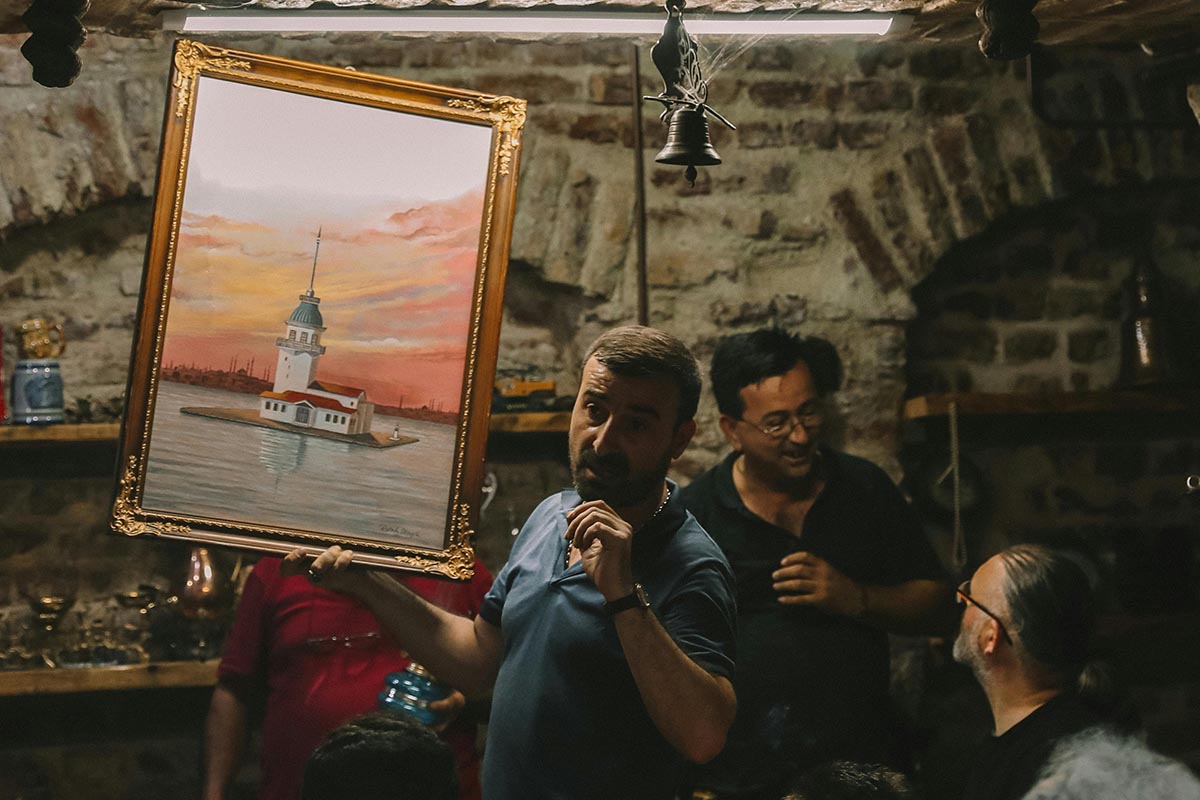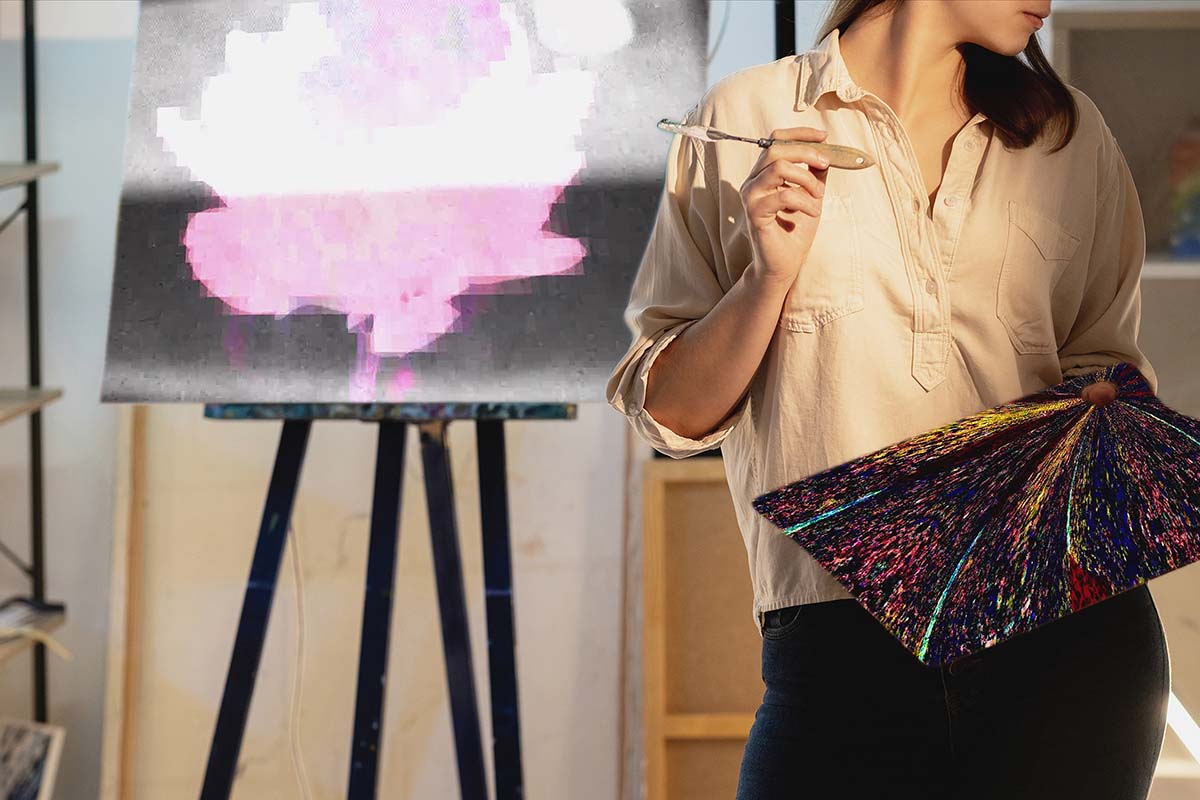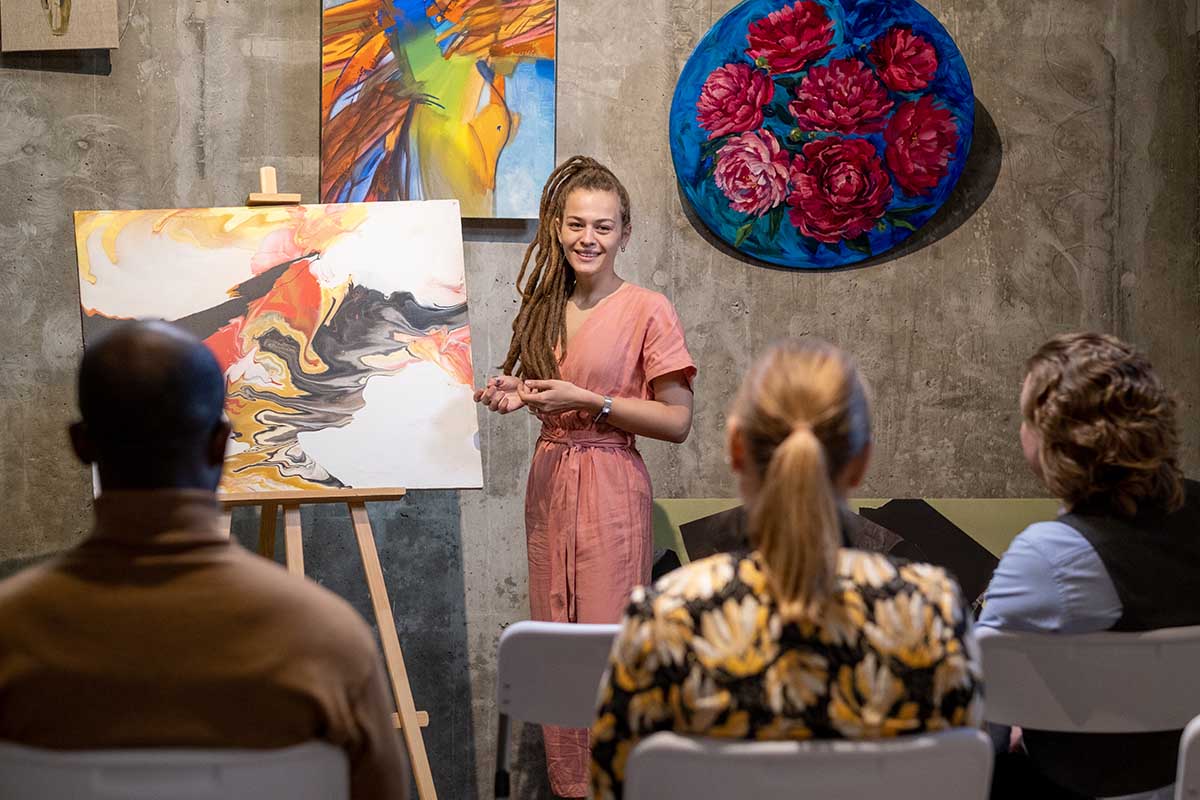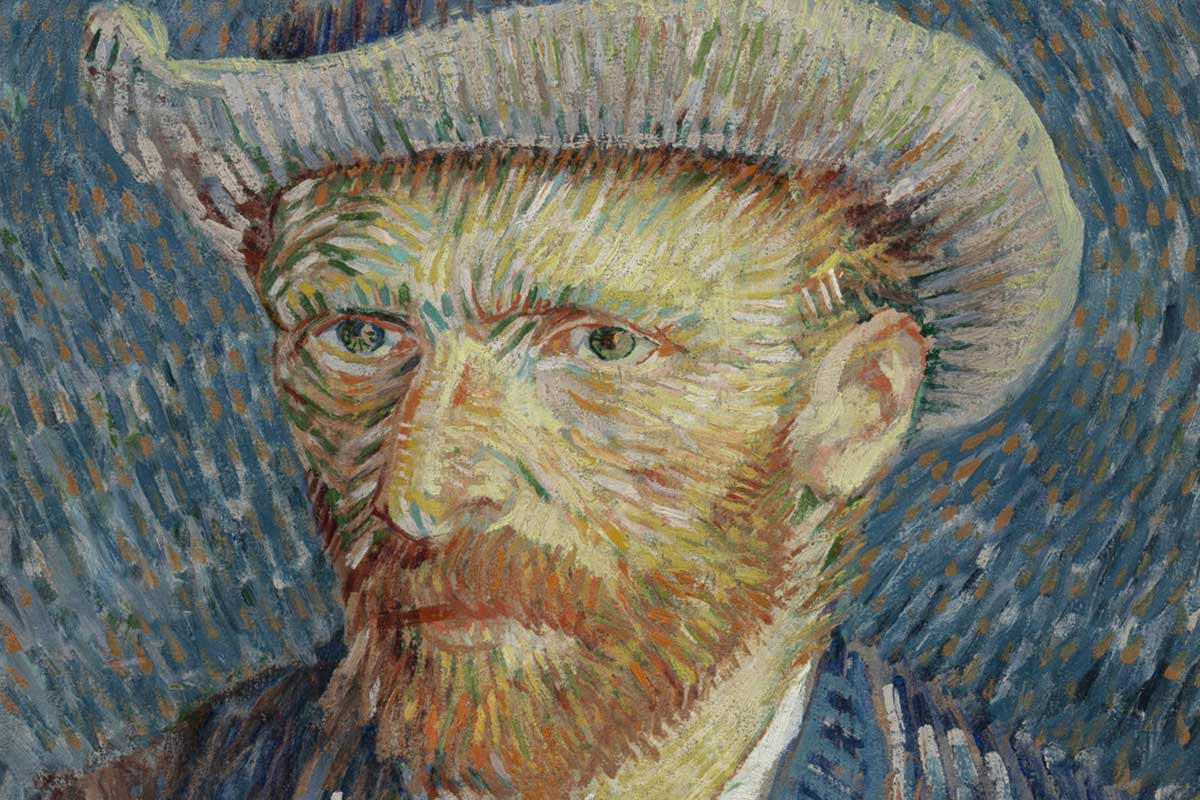Tips for Getting Ready and Bidding Smart on First Auction Day
Key Takeaways
- Choose a reliable auction platform like Charleston’s Fine Art Auctions or Sotheby’s for secure bidding and a wide variety of artwork options.
- Set a flexible budget to account for fluctuating bids, shipping, and additional fees, ensuring you’re financially prepared for unexpected costs.
- Research the artist and artwork to understand the value and pricing trends, helping you make informed bids and avoid overpaying.
Your first auction day can be exciting and a bit overwhelming, especially if you’re new to bidding for art online.
Whether you’re a seasoned collector or stepping into the art investment world for the first time, it’s important to be well-prepared.
Here’s a guide to help you make wise decisions and have a successful first auction experience.
Find the Right Auction Platform
Choosing the right online auction platform is crucial for a successful bidding experience.
Some reputable platforms offer a secure and trustworthy environment for art buyers.
Charleston’s Fine Art Auction, for example, is a well-known name in the industry.
It offers various artwork from various cultures, styles, and periods.
Their services are competitive and accredited, making them a strong choice for beginners and seasoned collectors alike.
Other renowned platforms include Sotheby’s and Christie’s, which have both expanded into online auctions.
Sotheby’s has even ventured into the digital art space with NFT sales.
Meanwhile, Christie’s is famed for its high-end luxury auctions, often featuring masterpieces from artists like Picasso, Warhol, and Basquiat.
If you’re looking for affordable pieces or emerging artists, platforms like Invaluable or Artnet Auctions also offer a wide range of options.
These platforms have excellent customer service, provide details about each piece, and offer authentication services, ensuring that your first auction experience is smooth and enjoyable.
Set a Realistic Budget
Setting a realistic budget is one of the most important aspects of any auction, especially for beginners.
Remember that auction prices can swing dramatically as other bidders place their offers.
It’s wise to set a budget range instead of a strict number.
This allows you to stay competitive while avoiding the temptation to overspend.
Factor in additional costs like shipping, insurance, and import duties, especially if you’re buying internationally.
For instance, buying a piece through platforms like Paddle8 or Heritage Auctions might involve international shipping, and duties could significantly raise the final price.
Some auction houses even provide framing, installation, and white-glove delivery services, like UOVO or Cadogan Tate, which can also impact your final cost.
Budgeting should also include an understanding of the artwork’s future resale potential, particularly if you’re viewing art as an investment.
For high-value pieces, considering auction house fees, like buyer’s premiums, is crucial as it adds to the final purchase price—typically 10-25% of the hammer price, depending on the auction house.
Do Your Research
Research is key to a successful auction experience, especially if you’re looking to make informed bids. Study the artist, their history, and the value trajectory of their works.
Platforms like Artsy and Artnet are valuable resources for pricing data and artist information.
You can track how much specific artists’ works have sold for, get an idea of the popularity of certain mediums, and even check for authenticity.
For instance, if you’re considering bidding on an original David Hockney piece or a Banksy print, researching their market value and recent sales can give you insights into whether the starting price is fair.
It’s also useful to learn about the artwork’s condition—whether it has been restored, framed, or altered—since these factors can greatly affect its value.
When bidding on fine art or luxury items, consider investing in Condition Reports from the auction house, which will inform you of any damage, repairs, or alterations to the piece.
Doing your homework also includes understanding the broader art market trends—whether modern, post-war, or contemporary art is seeing a price hike.
Be Ready for Upcoming Auctions
Preparation is key when it comes to placing bids. Keeping an eye on auction schedules ensures you don’t miss out on an opportunity to bid on a coveted piece.
Websites like AuctionZip or LiveAuctioneers can help you track upcoming events from various auction houses so you know when and where auctions are taking place.
Many reputable auction houses, such as Bonhams or Phillips, offer email alerts and catalogs that allow you to preview items before the auction begins.
Signing up for notifications on these platforms ensures that you are well-prepared to bid at the right time.
For high-profile events, consider attending previews or exhibitions hosted by auction houses like Rago or Tajan, where you can view the artwork in person (or virtually) before placing a bid.
Some platforms, like Catawiki, offer timed online auctions, so it’s crucial to understand when the most competitive bids come in.
Preparing ahead of time lets you strategize when to place your bids for the best chance of winning.
Understand Bidding Strategies
Once you’re registered and ready to participate in the auction, it’s essential to approach bidding with a solid strategy.
For instance, in some auctions, placing your bids late can give you a better chance to avoid a bidding war early on.
In contrast, for high-demand items, bidding early can signal serious interest and discourage other bidders.
Most platforms allow you to place automatic bids (also called absentee bids), where you set a maximum price, and the platform will automatically raise your bid in small increments to keep you in the running.
This can be useful if you’re participating in auctions across different time zones or don’t have time to closely follow every bid.
Invaluable, Heritage, and LiveAuctioneers offer tools like this.
Some auction platforms, like Bidsquare, allow for real-time, live-streamed bidding, which can add a thrilling layer to the experience.
Having a clear strategy, knowing when to stop, and understanding how auction dynamics work will put you in a strong position on auction day.
Bidding smart on first auction day: conclusion
By finding a reputable platform like Charleston’s Fine Art Auctions, setting a flexible budget, doing thorough research, and staying informed about upcoming events, you’ll be well-prepared to bid wisely and make the most of your first auction experience.
Remember to stay within your limits, do your homework, and remain patient.
Art auctions are both a financial investment and an opportunity to grow your collection with pieces you love.
With these tips in hand, you’re on the path to becoming a successful art collector or investor.
For more resources, visit Charleston’s Fine Art Auctions or similar trusted platforms to stay updated on the latest auction events around the globe.
Visit Charleston’s Fine Art Auctions to stay up to date with the next art auctions coming up online in Australia.























